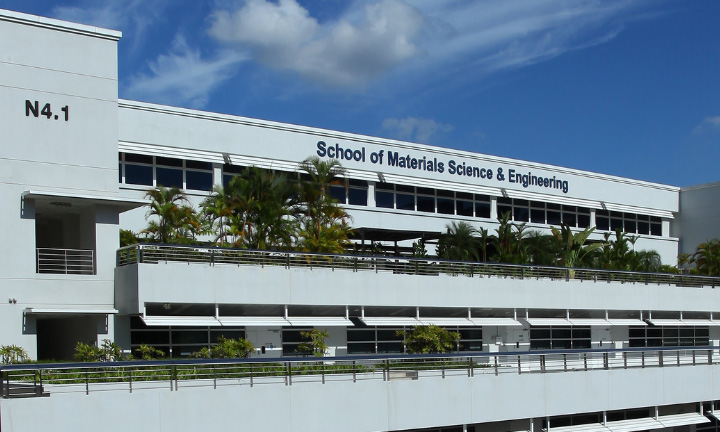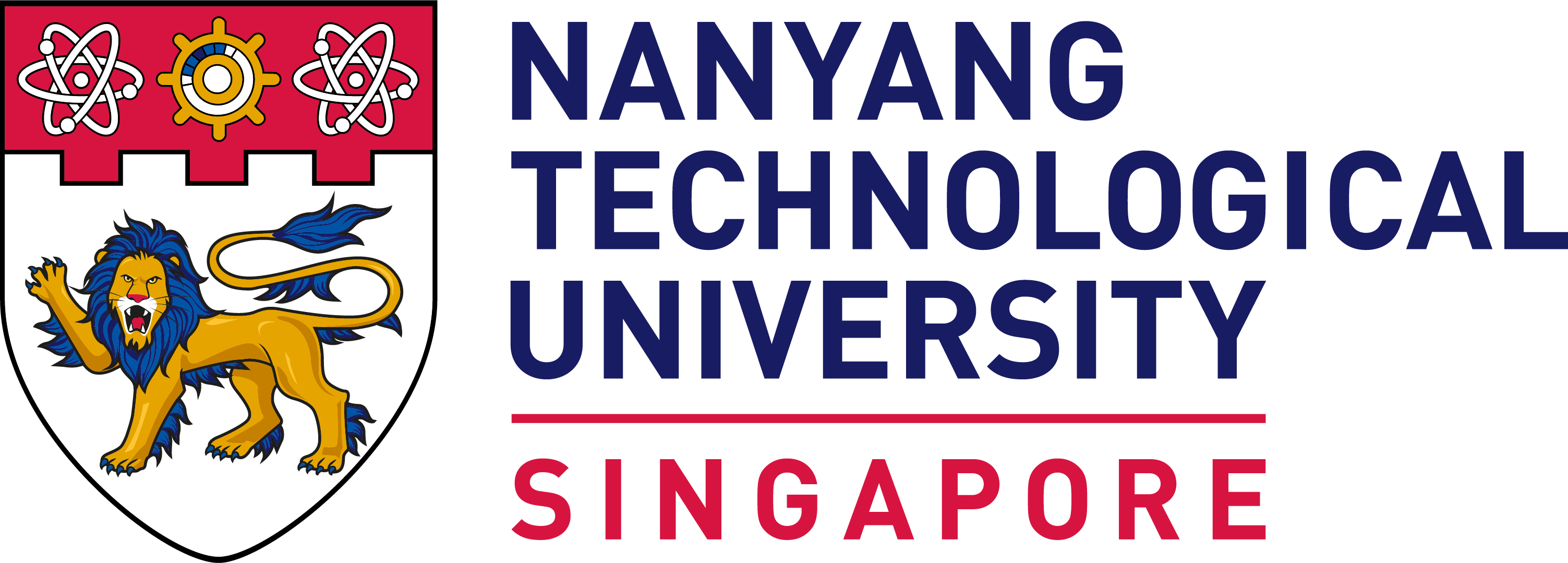Better Quantum Dots through Magic Sizes and Bright Excitons? by Prof David J. Norris

04 Jul 2025
02.00 PM - 03.00 PM
MSE E-studio (N4.1-B2-02)
Alumni, Current Students
NTU MSE Seminar Hosted by Professor Chen Xiaodong
Abstract
Semiconductor quantum dots now provide versatile color-tunable fluorescent materials for a variety of light-emitting devices, including flat-panel televisions. However, despite decades of research, they still suffer from two issues. First, even the best quantum-dot syntheses yield samples with distributions in particle size and shape. This polydispersity reduces optical performance by broadening the absorption and emission linewidths. Second, quantum dots suffer from the “dark exciton,” an optically inactive state into which excited quantum dots relax before emitting. Here, we will discuss our efforts to address these two issues. First, we will review magic-sized clusters, molecular-scale arrangements of atoms with a structure that is more stable than particles slightly smaller or larger. Magic-sized clusters grow by jumping between a series of discrete “magic” sizes, which are, in principle, uniform in size and shape. Interestingly, experiments have pushed the discrete evolution of magic sizes into the quantum-dot regime. After describing a proposed growth mechanism for these magic-sized nanocrystals, we will probe whether this understanding can lead to more uniform quantum dots for applications. Second, we will review the discovery of the dark exciton in the 1990s, unsuccessful efforts to avoid its impact over two decades, and finally our recent identification of “bright-exciton” quantum dots. Specifically, a theoretical mechanism was discovered in 2018 that can overcome the dark exciton. We have exploited our understanding of this mechanism to search through 500,000 inorganic solids to identify materials with the proper physical properties. We then produce a list of potentially super-bright quantum dots, providing a roadmap for experimental investigation of new quantum-dot materials for applications.
Biography
Professor David J. Norris
David J. Norris received his B.S. and Ph.D. degrees in Chemistry from the University of Chicago (1990) and the Massachusetts Institute of Technology (1995), respectively. His doctoral work involved the study of semiconductor quantum dots under the guidance of Moungi Bawendi (Nobel Prize, 2023). He then performed postdoctoral work on single-molecule spectroscopy with W. E. Moerner (Nobel Prize, 2014) at the University of California, San Diego (1995–1997). In 1997, he started his own research group on photonic materials at the NEC Research Institute in Princeton. In 2001, he became an Associate Professor and then Professor of Chemical Engineering and Materials Science at the University of Minnesota, where he also served as Director of Graduate Studies in Chemical Engineering (2004–2010). In 2010, he relocated to ETH Zurich where he is currently Professor of Materials Engineering. From 2016 to 2019 he served as the Head of the Department of Mechanical and Process Engineering. He has received the Credit Suisse Award for Best Teacher at ETH Zurich, twice the Golden Owl Award for Best Teacher in his department, the Max Rössler Research Prize, the ACS Nano Lectureship Award, and an ERC Advanced Grant. He is a Fellow of the American Physical Society and the American Association for the Advancement of Science, and an editorial board member for Nano Letters, ACS Photonics, and ACS Applied Optical Materials. His research focuses on how materials can be engineered to create useful optical properties.
Professor David J. Norris
ETH Zurich

